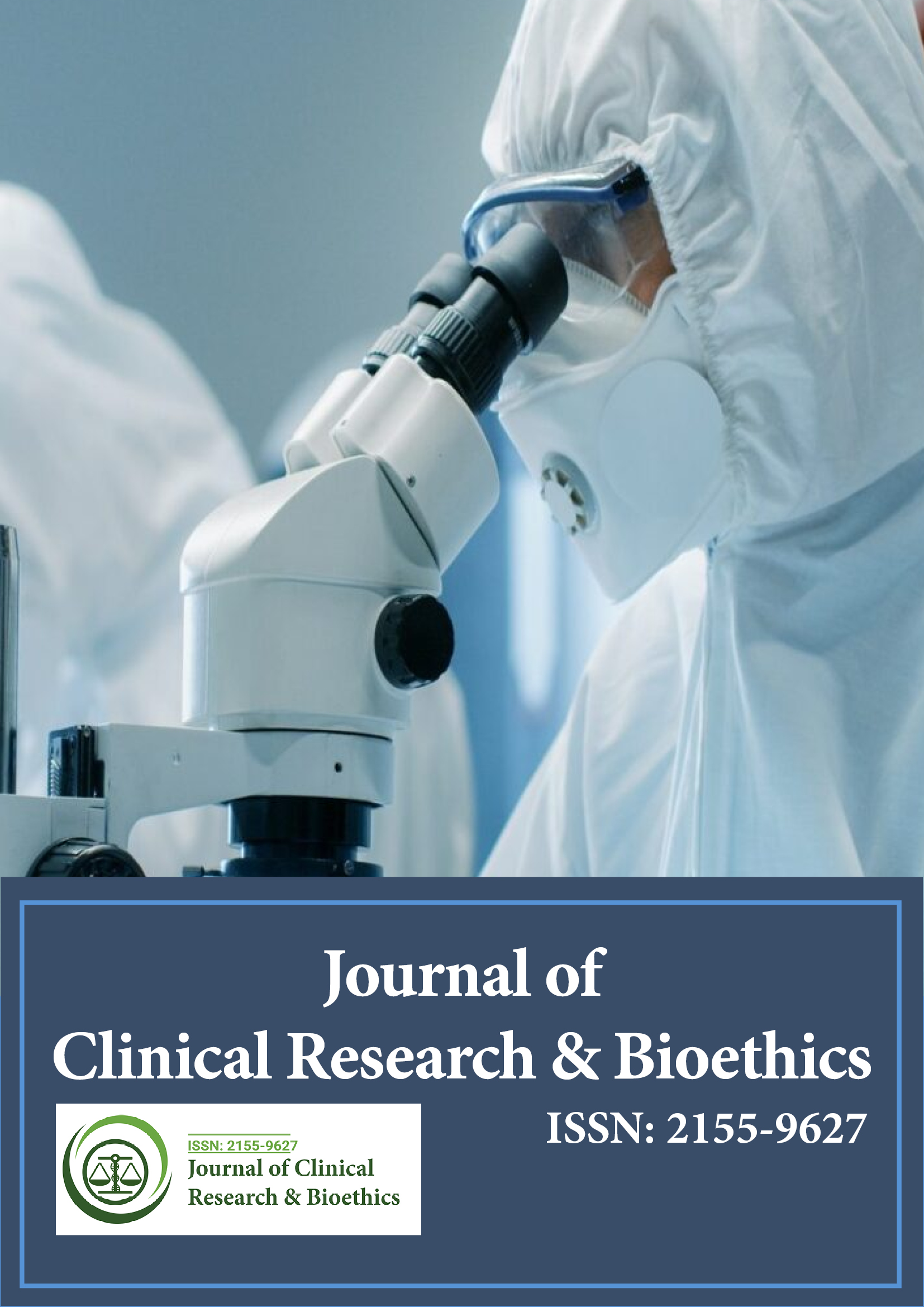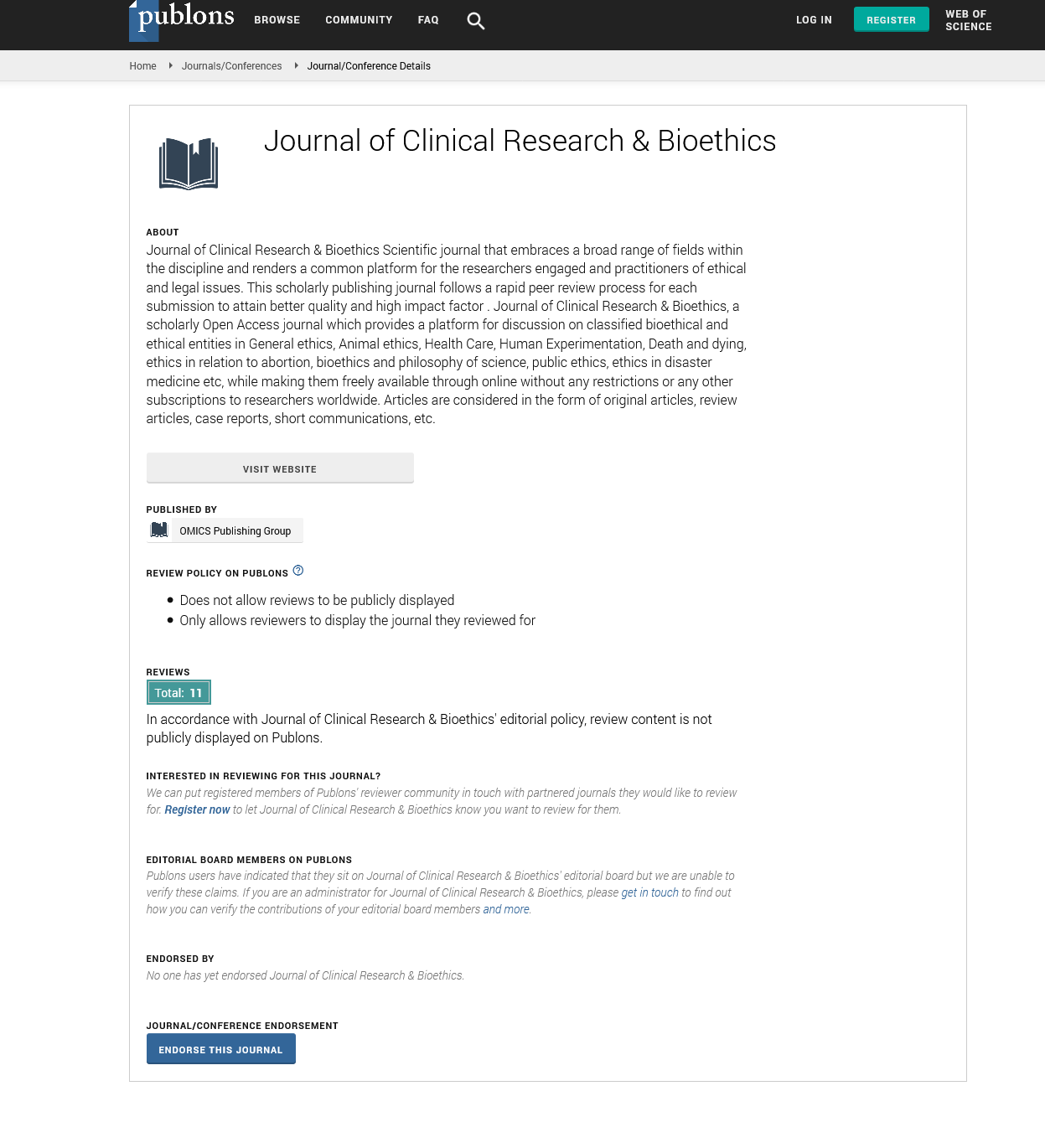Indexed In
- Open J Gate
- Genamics JournalSeek
- JournalTOCs
- RefSeek
- Hamdard University
- EBSCO A-Z
- OCLC- WorldCat
- Publons
- Geneva Foundation for Medical Education and Research
- Google Scholar
Useful Links
Share This Page
Journal Flyer

Open Access Journals
- Agri and Aquaculture
- Biochemistry
- Bioinformatics & Systems Biology
- Business & Management
- Chemistry
- Clinical Sciences
- Engineering
- Food & Nutrition
- General Science
- Genetics & Molecular Biology
- Immunology & Microbiology
- Medical Sciences
- Neuroscience & Psychology
- Nursing & Health Care
- Pharmaceutical Sciences
Commentary - (2021) Volume 12, Issue 6
Advancements in Lung Cancer Research
John Arnav*Received: 01-Oct-2021 Published: 22-Oct-2021
Description
Cells are the introductory units that make up the mortal body. As the body needs new cells, they grow and divide to form them. Generally, cells die when they get too old or damaged. Also, new cells take their place. Cancer begins when inheritable changes intrude with this orderly process. Cells start to grow uncontrollably. A tumor is formed together by mass of cells. A tumor can be cancerous or benign. A cancerous tumor is malignant, expressing it can grow and spread to other regions of the body. Benign tumors can’t be spread but can be grown. Tumor is not formed in all types of cancer. These include leukemia, utmost types of carcinoma, and myeloma.
Advancements in lung cancer research
A great deal of exploration has been conducted in ways to find lung cancer beforehand. Several styles are presently being studied to see if they drop the threat of dying from lung cancer.
In order to detect the lung cancer beforehand, scientists are trying to develop or upgrade tests of foam and blood. Two active areas of exploration include analyzing blood samples to learn whether chancing excrescence cells or molecular labels in the blood will help diagnose lung cancer beforehand and examining foam samples for the presence of abnormal cells or molecular labels that identify individualities that may need further followup.
Machine literacy is a system that allows computers to learn how to prognosticate certain issues. In lung cancer, experimenters are using computer algorithms to produce computer-backed programs that are more suitable to identify cancer in CT reviews than radiologists or pathologists. For illustration, in one artificial intelligence study, experimenters trained a computer program to diagnose two types of lung cancer with 97% accuracy, as well as descry cancer-related inheritable mutations.
Immunotherapies work with the body's vulnerable system to help fight cancer and a major focus on lung cancer treatment. To develop new combinations of immunotherapies with or without chemotherapy, new clinical trials are on-going to treat lung cancer.
A vulnerable checkpoint asset is a medicine that blocks proteins on vulnerable system cells which also allows them to fight cancer. Several vulnerable checkpoint impediments have lately been approved for advanced lung cancer. These impediments, which increase the strength of anticancer vulnerable responses, target the proteins PD-L1 and PD-1. Cases whose excrescences test high for PD-L1 proteins may be more responsive to this type of treatment than others, but further studies are demanded.
Conclusion
Targeted treatments identify and attack certain types of cancer cells with lower detriment to normal cells. In recent times, numerous targeted curatives have come available for advanced lung cancer and further are in development. There are different targeted treatments for lung cancer.
EGFR impediments block the exertion of a protein called Epidermal Growth Factor Receptor (EGFR). EGFR may be plant at advanced situations than normal on cancer cells, causing them to grow and divide. Some medicines that target EGFR that are approved for treating lung cancer are Afatinib, Dacomitinib, Erlotinib, The ROS1 gene makes the protein ROS1, which is involved in cell signaling and cell growth. A small chance ofnonsmall cell lung cancer cases have altered forms of the ROS1 gene. Crizotinib (Xalkori) and entrectinib (Rozlytrek) are approved as treatments for cases with these differences.
Citation: Arnav J (2021) Advancements in Lung Cancer Research. J Clin Res Bioeth. 12:382.
Copyright: © 2021 Arnav J. This is an open-access article distributed under the terms of the Creative Commons Attribution License, which permits unrestricted use, distribution, and reproduction in any medium, provided the original author and source are credited.

